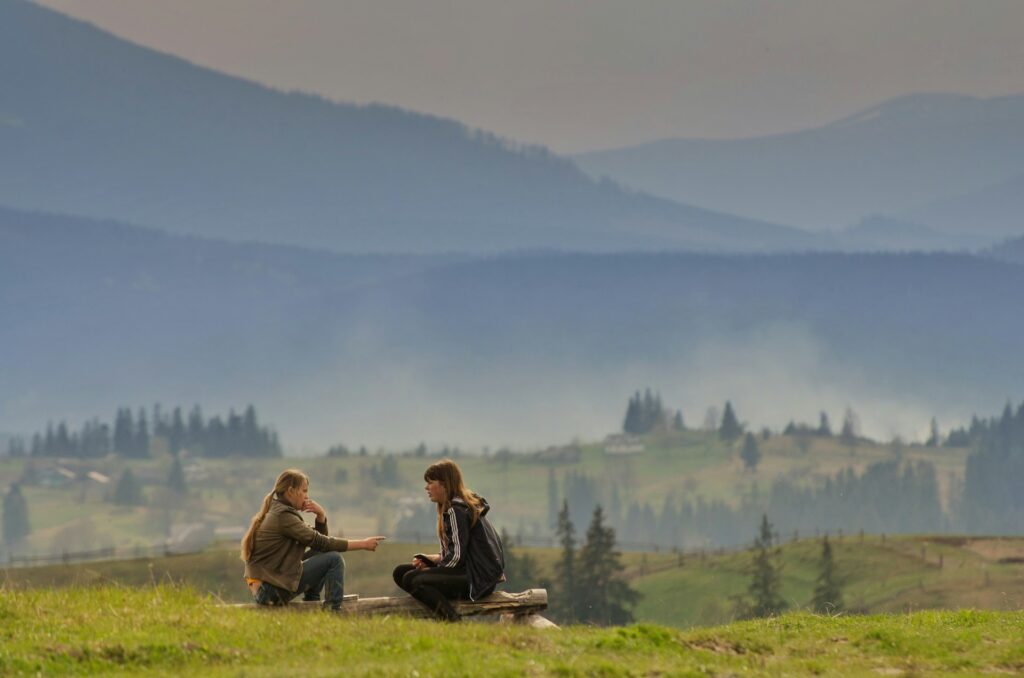How To Create A Gif In Photoshop

GIFs (Graphics Interchange Format) have become a popular way to convey emotions, reactions, or share short, looping animations. While there are many tools online to create GIFs, Adobe Photoshop remains one of the most powerful and flexible options for crafting high-quality animated GIFs. In this guide, I’ll walk you through the process of creating your very own GIF in Photoshop. Whether you’re looking to create an animated logo, a fun reaction GIF, or even a short clip from a video, Photoshop offers everything you need.
Step 1: Prepare Your Images or Video
The first step in creating a GIF is to gather the images or video you want to animate. You can create a GIF either from a sequence of images (like illustrations or frames of an animation) or from a video file.
- For an image-based GIF, make sure the images are ready and saved in a sequence (JPEG, PNG, etc.).
- For a video-based GIF, select the short segment of the video that you want to convert into a GIF. Photoshop supports most video formats, but keep the video short (5-10 seconds) to avoid large file sizes.
Step 2: Open Photoshop and Import Your Files
For an Image Sequence:
- Open Photoshop, then click on File > Scripts > Load Files into Stack.
- In the window that pops up, click Browse and select the images you want to animate.
- Once selected, click OK. Photoshop will load each image as a separate layer.
For a Video File:
- Click File > Import > Video Frames to Layers.
- In the pop-up dialog, choose the section of the video you want to use by adjusting the sliders. You can either use the entire video or just a portion of it.
- Make sure Make Frame Animation is checked and click OK. Photoshop will split the video into frames and load them as layers.
Step 3: Create a Frame Animation
- After importing your images or video frames, go to Window > Timeline to bring up the Timeline panel at the bottom of the screen.
- In the Timeline panel, click on the dropdown menu (if you don’t see this option, you may need to click the three horizontal lines in the corner), and select Create Frame Animation.
- If you imported an image sequence, each layer will become a frame in the animation. If you imported a video, it will already be broken into frames.
Step 4: Adjust the Frame Timing
Each frame will play for a certain duration. You can adjust the timing to control how long each frame is displayed.
- In the Timeline panel, select all frames by clicking the first frame, then holding Shift and clicking the last frame.
- Click the time below any of the frames and choose a delay (e.g., 0.1 seconds for a fast animation, 0.5 seconds for something slower). You can also manually enter a custom time.
Step 5: Set the Loop Option
GIFs can either play once or loop continuously. Most reaction GIFs and memes loop infinitely, so here’s how to set that up:
- At the bottom of the Timeline panel, you’ll see a dropdown that says Once. Click on this and choose Forever to make the GIF loop indefinitely.
Step 6: Preview Your GIF
You can preview the animation by pressing the Play button (triangle) in the Timeline panel. This will give you an idea of how the final GIF will look, allowing you to make any adjustments to frame timing or layers.
Step 7: Export Your GIF
Once you’re happy with your GIF, it’s time to export it.
- Go to File > Export > Save for Web (Legacy).
- In the Save for Web window, make sure the GIF option is selected in the top-right corner.
- You can adjust the size of the GIF by changing the dimensions under Image Size. Keep in mind that reducing the size will also reduce the file size, which can be useful for sharing online.
- Leave the Looping Options set to Forever if you want it to loop continuously.
- Once you’re satisfied with the settings, click Save, choose a location on your computer, and name your file.
Step 8: Test and Share Your GIF
After saving, open the GIF to test it in a browser or an image viewer that supports animation. If everything looks good, your GIF is ready to be shared! You can now upload it to your website, social media platforms, or use it in a chat to express yourself.
Tips for Creating High-Quality GIFs
- Optimize for Web: When saving your GIF, try to balance quality and file size. Large GIFs may take longer to load, especially on slower connections. Use the Save for Web option to adjust settings like file size and color palette.
- Keep it Simple: GIFs work best with fewer frames and a smaller file size. Keeping the dimensions and colors limited will help ensure a smoother animation.
- Reduce Frame Count: If your GIF is too large, consider removing some frames or shortening the animation. Photoshop allows you to delete frames or merge them for a more efficient GIF.
Conclusion
Creating a GIF in Photoshop gives you the flexibility to produce polished, custom animations that stand out. Whether you’re using images, videos, or combining the two, Photoshop offers all the tools necessary to create eye-catching GIFs that loop perfectly. By following the steps above, you’ll have your very own GIF ready to share in no time!
